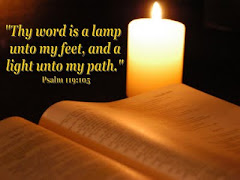 The unity of the Old and New Testaments
The unity of the Old and New Testaments128 The Church, as early as apostolic times,104 and then constantly in her Tradition, has illuminated the unity of the divine plan in the two Testaments through typology, which discerns in God's works of the Old Covenant prefigurations of what he accomplished in the fullness of time in the person of his incarnate Son.
129 Christians therefore read the Old Testament in the light of Christ crucified and risen. Such typological reading discloses the inexhaustible content of the Old Testament; but it must not make us forget that the Old Testament retains its own intrinsic value as Revelation reaffirmed by our Lord himself.105 Besides, the New Testament has to be read in the light of the Old. Early Christian catechesis made constant use of the Old Testament.106 As an old saying put it, the New Testament lies hidden in the Old and the Old Testament is unveiled in the New.107
130 Typology indicates the dynamic movement toward the fulfillment of the divine plan when "God [will] be everything to everyone."108 Nor do the calling of the patriarchs and the exodus from Egypt, for example, lose their own value in God's plan, from the mere fact that they were intermediate stages.
104 Cf. 1 Cor 10:6,11; Heb 10:l; l Pet 3:21.
105 Cf. Mk 12:29-31
106 Cf. 1 Cor 5:6-8; 10:1-11.
107 Cf. St. Augustine, Quaest. in Hept. 2,73:PL 34,623; Cf. DV 16.
108 1 Cor 15:28.
Source: Catechism of the Catholic Church



No comments:
Post a Comment